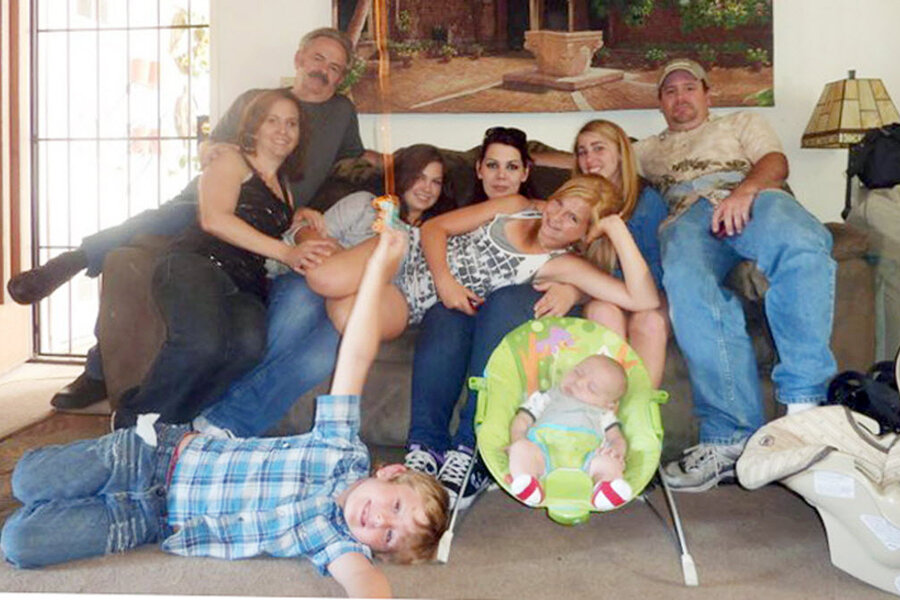What's the real story behind Hannah Anderson's abduction?
Loading...
A week after her abduction and rescue ended in the wilderness of Idaho, California teenager Hannah Anderson’s story is far from over – or fully told. It may never be.
What was her true relationship with James Lee DiMaggio, the man shot and killed by an FBI tactical team and with whom she was found at a campground in the Frank Church – River of No Return Wilderness?
Authorities insist that Hannah "was not a willing participant,” as San Diego County Sheriff Bill Gore put it. “I want to emphasize that during our law enforcement interviews with Hannah, it became very clear to us that she is a victim in every sense of the word in this horrific crime,” he said.
But evidence revealed in search warrants made public this week raises as many questions as it provides answers.
This includes a packet of letters Hannah had written to DiMaggio as well as cell phone records showing that the two had exchanged about a dozen phone calls in the hours before DiMaggio’s home burned to the ground – killing Hannah’s mother and younger brother – and the two drove north along rural roads through California and Oregon to Idaho.
Within hours of returning with her father to California from Idaho, Hannah was posting messages and answering questions on a social networking site, including her favorite color (pink) and interest in pop star Justin Beiber.
This has raised suspicions – at least among many following the story and weighing in on social media.
“#HannahAnderson making most of 15 mins by posting smiling photos!?” tweets Los Angeles psychiatrist Carole Lieberman. “Not normal grieving. Doesn't ring true!”
But before the account for "Hannahbanana722" was removed from the ask.fm site, Hannah also said DiMaggio had “tricked” the family into coming to his house for a farewell visit before his planned move to Texas.
Less clear is what happened then. She says she did not learn of her family members’ deaths until she was rescued six days later.
"I wish I could go back in time and risk my life to try and save theirs,” she wrote. “I will never forgive myself for not trying harder to save them.”
This might suggest that she knew about what happened at DiMaggio’s house before the two left, but that she was too terrified (or terrorized) to try to escape. On the other hand, the conflagration at DiMaggio’s house might have happened before (or after – using incendiary timers) he reportedly picked her up at cheerleading practice.
Anderson acknowledged being uncomfortable around DiMaggio – who’d been close to the family for years, the best man at her parent’s wedding and described as “like an uncle” to Hannah and her brother – even before the ordeal, saying he once told her that he was drawn to her.
"He said it was more like a family crush like he had feelings as in he wanted nothing bad to happen to me," she wrote as "Hannahbanana722" on ask.fm. She said she didn't tell her parents because DiMaggio was his father's best friend "and I didn't want to ruin anything between them."
How, then, to explain the communication between them – the letters and phone calls revealed in the search warrants, but whose contents has not been detailed? Or the information, also in the search warrants, that Hannah in the past had gone on “multiple day trips” with DiMaggio, most recently visiting Malibu and Hollywood. (Some news sources report those as “overnight trips.”)
For now, law enforcement authorities are saying no more about the evidence they found in search warrants, and Hannah Anderson is remaining silent.
At a restaurant fund-raiser for the family this week, her father Brett Anderson (who had separated from Hannah’s mother and was living in Tennessee) said his daughter was "doing good day by day."
“Hannah sends her love,” Mr. Anderson told the crowd of reporters and well-wishers. “We’ll just keep moving forward from here.”








